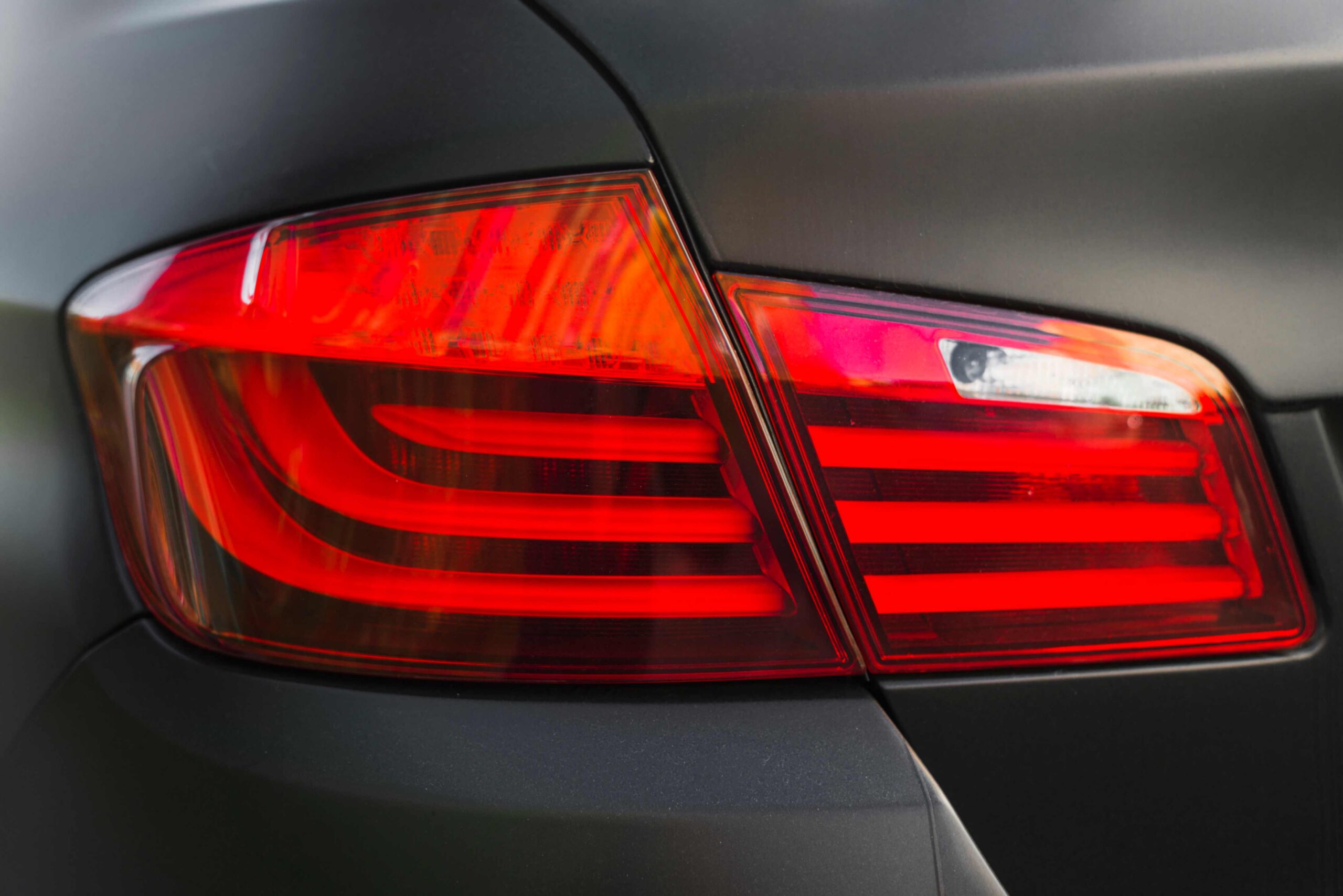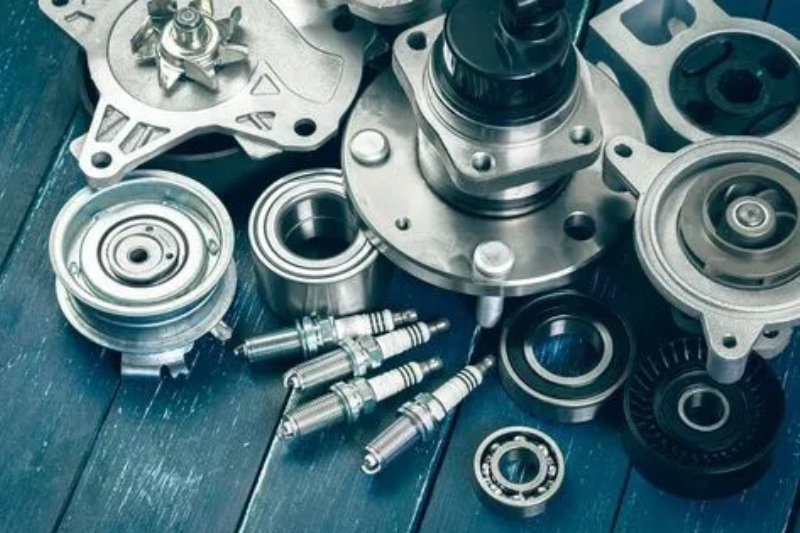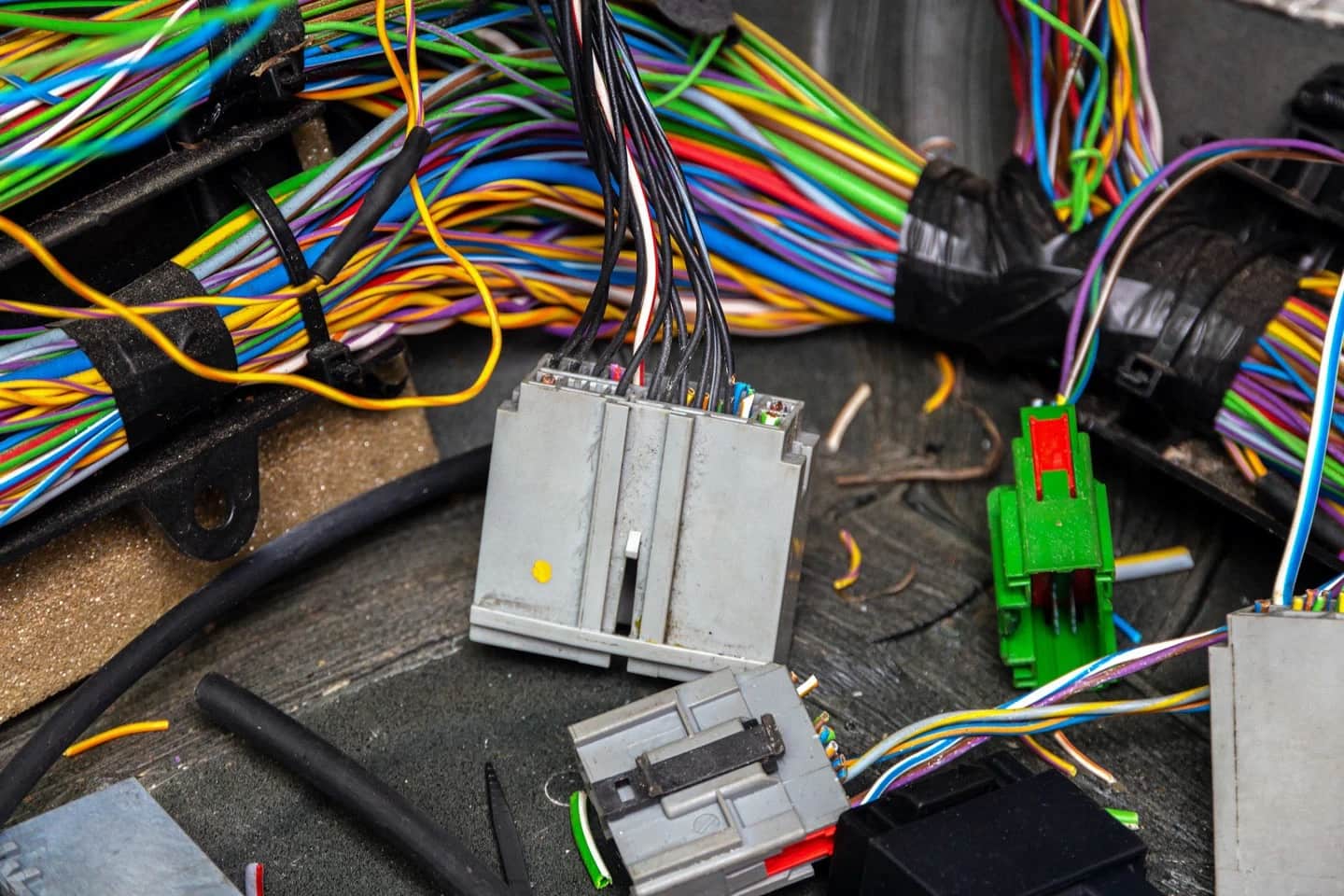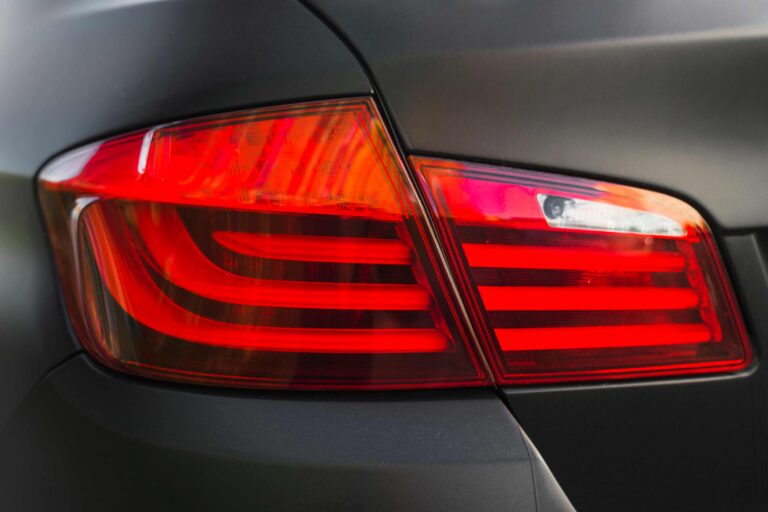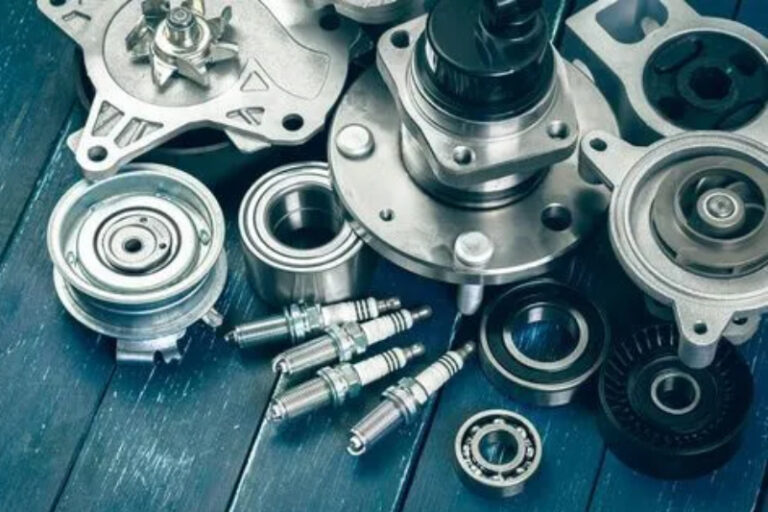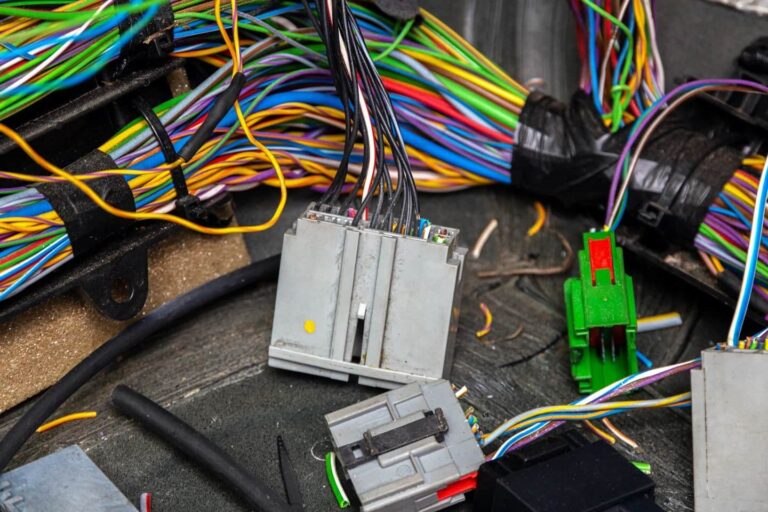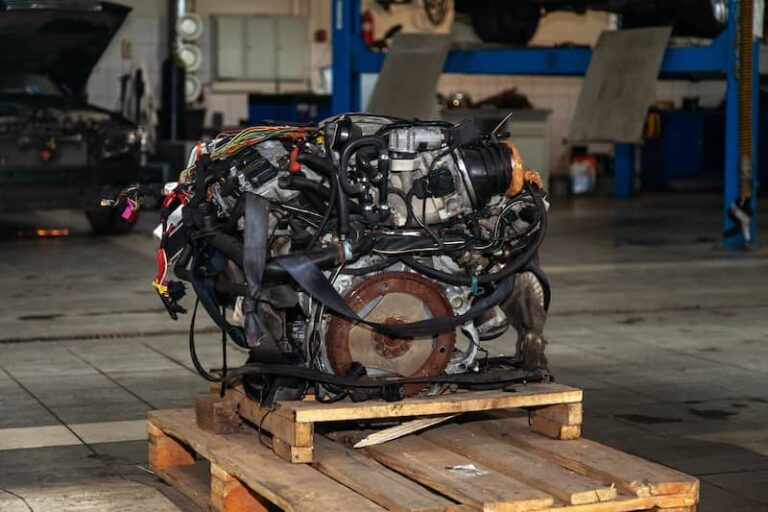An overheating engine is one of the most alarming issues a driver can face. It can strike unexpectedly and, if ignored, can lead to catastrophic damage to the car’s engine. To understand why this happens, it’s essential to first know how your car’s engine cooling system works. Every car engine produces heat during combustion, and the cooling system ensures that the temperature stays within a safe range. Let’s dive deeper into how this system functions, why overheating occurs, and what you can do to prevent it.
What Is an Engine Cooling System?
Most vehicles today – whether gasoline or diesel-powered – use an internal combustion engine (ICE). Inside the engine block are cylinders where controlled explosions of air and fuel occur. These explosions generate immense heat as gases expand, pushing pistons downward and creating rotational motion through the crankshaft.
However, this process also produces an enormous amount of heat that must be controlled. Without proper heat regulation, the metal components of the engine can warp, oil can burn, and the engine can seize completely. That’s where the engine cooling system comes in.
The cooling system circulates coolant (a mix of water and antifreeze) through the engine block to absorb excess heat and then passes it through the radiator, where the heat dissipates into the air. For the engine to function efficiently, this system must be in excellent condition.
How Does the Engine Cooling System Work?
The cooling system comprises several essential parts that work together to maintain the engine’s optimal temperature.
1. Radiator:
The radiator’s primary function is to cool the hot fluid (coolant) that comes from the engine. Its large surface area allows for effective heat transfer to the surrounding air.
2. Thermostat:
This small but vital component acts as a temperature-controlled valve. When the engine is cold, the thermostat remains closed, allowing the engine to warm up quickly. Once the coolant reaches a certain temperature, the thermostat opens, allowing it to flow into the radiator for cooling.
3. Antifreeze (Coolant):
Coolant is a mixture of water and glycol that prevents the liquid from freezing in cold temperatures or boiling in hot conditions. Using the correct type and mixture of coolant is crucial for engine health.
4. Water Pump:
The water pump circulates the coolant throughout the entire system. It ensures continuous flow from the engine to the radiator and back.
5. Coolant Expansion Tank:
As coolant heats up, it expands. The expansion tank absorbs the excess pressure and prevents the system from bursting or leaking.
6. ECT Sensor (Engine Coolant Temperature Sensor):
This sensor monitors the temperature of the coolant and sends information to the vehicle’s computer system to regulate the cooling fan or alert the driver if overheating occurs.
Each of these components works in harmony. If one part fails, the whole system is compromised, potentially leading to overheating.
The Cooling Process Explained
When you start a cold engine, the thermostat stays closed, preventing coolant from flowing to the radiator. This helps the engine reach its ideal operating temperature faster. As the engine warms up, the coolant heats along with it. Once it reaches a specified temperature, the thermostat opens, allowing hot coolant to move to the radiator through the upper hose.
Inside the radiator, the coolant releases heat into the air, often assisted by the radiator fan. After cooling down, it flows back to the engine via the lower radiator hose, ready to absorb more heat. This cycle continues as long as the engine is running, maintaining a stable temperature range.
When the coolant in the radiator becomes too hot, the coolant temperature sensor signals the fan to turn on. The fan speeds up airflow through the radiator, helping the coolant cool faster. This continuous feedback loop ensures that the engine remains at a safe operating temperature.
Common Reasons Why Your Car Overheats
When your car overheats, it means the cooling system can’t handle the heat being generated. Several factors can cause this problem:
1. Coolant Leaks:
The most frequent cause of overheating is a coolant leak. The antifreeze mixture can escape from hoses, gaskets, or the radiator. You may notice a sweet smell or see puddles of colored liquid under your car. When coolant levels drop, the system can’t circulate enough fluid to absorb and dissipate heat effectively.
2. Damaged Thermostat:
If the thermostat fails to open or close at the right time, coolant flow becomes restricted. A stuck-closed thermostat traps hot coolant in the engine, quickly causing the temperature to rise.
3. Broken Radiator Fan:
The radiator fan plays a crucial role in maintaining proper airflow. If the fan motor fails or if there’s a wiring issue between the fan and temperature sensor, the coolant won’t cool down, leading to overheating – especially at low speeds or in traffic.
4. Clogged Radiator or Water Pump:
Over time, rust, debris, or old coolant can clog the radiator fins or water pump. When that happens, the coolant circulation slows, reducing cooling efficiency. This buildup may also cause the water pump impeller to break or seize.
5. Low Coolant Quality or Wrong Mixture:
Using plain water or the wrong type of antifreeze can cause corrosion, freezing, or boiling inside the system. Always use the correct coolant mixture recommended by your vehicle’s manufacturer.
What to Do If Your Car Is Overheating
If you notice the temperature gauge climbing into the red zone or see smoke coming from under the hood, take immediate action.
- Pull Over Safely: Stop the car in a safe location and turn off the engine immediately. Continuing to drive can cause irreversible engine damage.
- Turn Off the AC and Turn On the Heater: This might sound strange, but it helps draw heat away from the engine.
- Wait Before Opening the Hood: Opening the radiator cap on a hot engine can cause burns due to steam or boiling coolant.
- Check Coolant Levels: Once the engine cools down, inspect the coolant reservoir. If it’s low, add the appropriate coolant mixture.
- Inspect for Leaks: Look under the car for coolant puddles or check for cracked hoses.
- Seek Professional Help: Visit a certified mechanic to diagnose the issue accurately. The problem could be deeper than what’s visible – such as a failed water pump or radiator blockage.
How to Prevent Overheating
Preventive maintenance is the best way to keep your cooling system in perfect working condition. Here are some simple yet effective steps:
- Regularly check coolant levels and top up as needed.
- Replace the coolant every 2–3 years or as recommended in your owner’s manual.
- Inspect radiator hoses for cracks or wear.
- Ensure the radiator fan and water pump are functioning correctly.
- Keep an eye on dashboard warning lights and temperature gauges.
A well-maintained cooling system not only prevents overheating but also extends the lifespan of your engine, ensuring optimal performance and fuel efficiency.
Frequently Asked Questions (FAQs)
Rapid overheating often points to a coolant leak, a faulty thermostat, or a broken water pump preventing proper coolant flow.
No. Driving with an overheating engine can cause serious damage, including warped cylinder heads and a blown head gasket.
It depends on your car model and coolant type, but generally, every 30,000 to 50,000 miles or every two to three years is ideal.
You should hear or see the fan running when the engine gets hot or when the AC is on. If it’s not working, check fuses, wiring, or the fan motor.
If your car overheats at low speeds or while idling, the issue is likely with the radiator fan, which may not be engaging properly to cool the coolant.
Overheating is a clear warning that your car’s cooling system needs attention. Ignoring it could lead to expensive repairs or even complete engine failure. By understanding how the cooling system works and performing regular maintenance, you can prevent overheating and keep your vehicle running smoothly for years to come.


